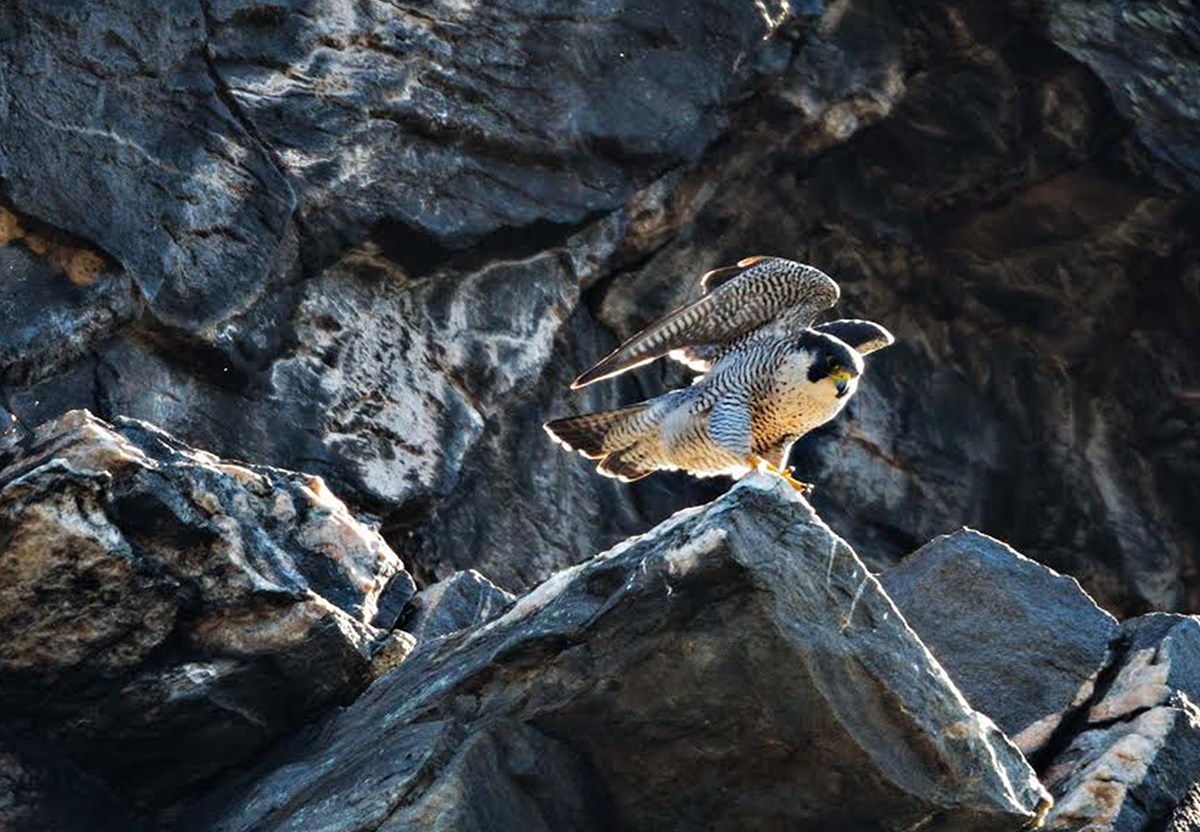 Environmental & Science Education
Environmental & Science EducationSTEM
Endangered Species
Birds
Biodiversity
Extinction
Edward Hessler
North America has three billion less birds than it did in the 1970s according to research reported in the journal Science by U.S. and Canadian researchers (the full article is behind a paywall). To put this loss another way: 1 in 4 birds have disappeared. Fortunately, Elizabeth Pennisi who writes for Science provided a summary of the technical paper.
Pennisi reports that the data the research team used includes "the North American Breeding Bird Survey (BBS), an annual spring census carried out by volunteers...which has amassed decades of data about 420 bird species." In addition, data from "the Audubon Christmas Bird Count" provided information on "about 55 species found in boreal forests and the Arctic tundra, and on the International Shorebird Survey. The team made use of "aerial surveys of water bodies, swamps, and marshes." This resulted in information on 529 bird species, "about three-quarters of all species in North America...."
According to Pennisi, researchers were surprised and expected species already known as rare would be declining but that common birds would make up that difference--common birds are hardy as well as generalists. However, even common birds are in decline. Pennisi continutes, "19 common species have each lost more than 50 million birds since 1970. Twelve groups, including sparrows, warblers, finches, and blackbirds, were particularly hard hit. Even introduced species that have thrived in North America, such as starlings and house sparrows, are losing ground."
Pennisi's essay includes two summary graphs, one showing decline by habitat and the other decline by type. "Annual surveys show that since 1970, North American birds have dwindled in all habitats except wetlands. Whereas most groups have declined , ducks and geese have flourished, as have raptors since the 1972 ban on DDT."
The standard culprits include habitat loss/degradation, climate change, and house cats. Pennisi notes that other possible "causes may be more subtle. Last week, toxicologists described how low doses of neonicotinoids--a common pesticide--make migrating sparrows lose weight and delay their migration....." This is likely to influence survival and reproduction.
 "Neonics," as these widely used pesticides are commonly known, also disrupt food webs by reducing food. Neonics don't differentiate between good (beneficial) and bad (harmful) insects. The sequence is inexorable: neonics--->kill insects---->less food---->fewer birds. According to a recent paper on insecticide use and exposure world wide, Michael C. R. Alavanja notes that more than "1 billion pounds of pesticides are used in the United States each year and approximately 5.6 billion pounds are used worldwide." This includes all pesticides.
"Neonics," as these widely used pesticides are commonly known, also disrupt food webs by reducing food. Neonics don't differentiate between good (beneficial) and bad (harmful) insects. The sequence is inexorable: neonics--->kill insects---->less food---->fewer birds. According to a recent paper on insecticide use and exposure world wide, Michael C. R. Alavanja notes that more than "1 billion pounds of pesticides are used in the United States each year and approximately 5.6 billion pounds are used worldwide." This includes all pesticides.The Cornell University Laboratory of Ornithology publication All About Birds has a lavishly illustrated article about the study reported in Science. It includes a sidebar on the use of radar data collected between 2007 and 2017 which provides independent data supporting the 2019 study. Radar cannot "see" individual birds. It detects "blobs" of birds. Dr. Adriaan Dokter, a migration ecologist converts these blobs into bird masses.
So what can we as individuals do? Here are seven simple actions from the Cornell University Laboratory of Ornithology which includes a link to a checklist for fridge or bulletin board.

 CGEE Student Voice
CGEE Student Voice
No comments:
Post a Comment